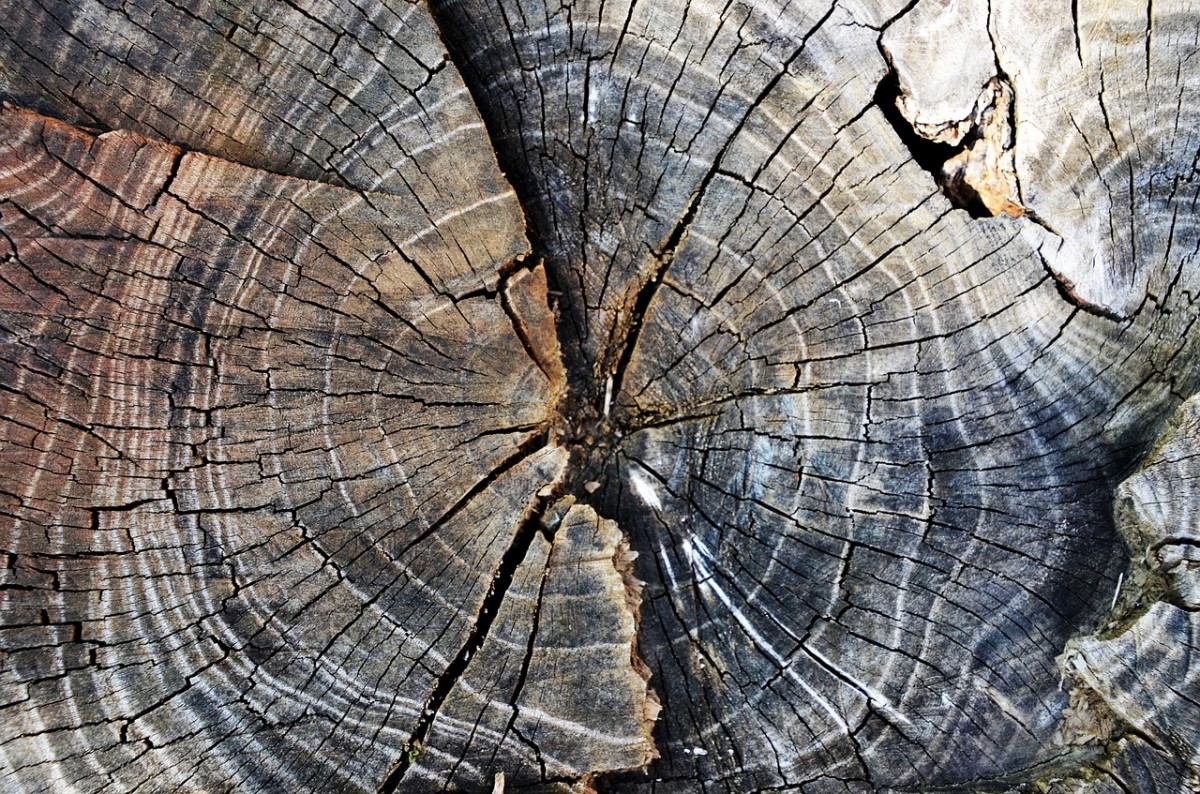Traces of extremely high radiocarbon levels were sought in thousands of years old tree rings by the staff of the ETHZ AMS Zurich laboratory and the Nuclear Research Institute (Atomki) in Debrecen. The latest results of the study were reported by researchers in the journal Nature Communications.
Miyake and his coworkers in 2012, were the first to show an exceptionally high concentration of the radioactive isotope C-14 (carbon-14) on 775-year-old tree rings.
The existence of the phenomenon was then confirmed by independent laboratories, including the Nuclear Research Institute (Atomki), by examining contemporary tree rings from several continents of the Earth, read Atomki in a statement on Tuesday.
High concentrations of the radioactive C-14 isotope on tree rings have been identified several times since the first observation over the past few thousand years and are now considered Miyake events by the exploratory researcher.
According to the report, the Miyake events are interesting because the levels of radiocarbon (C-14), which is naturally produced in the upper atmosphere by cosmic radiation in these upper ways, show a jump in these cases that cannot be explained by terrestrial origin. Such a change of scale occurred only under human influence in the mid-20th century in atmospheric nuclear weapons experiments.
It has been calculated that previous rapid elevations observed at the global level of the C-14 isotope could only have been caused by a sudden rise in cosmic radiation levels, possibly explained by a strong solar flare or a not-too-distant supernova explosion.
According to the report, the world’s leading C-14 laboratories are conducting intensive and systematic research on tree ring collections to map Miyake events going back thousands of years.
Another series of these Miyake events was announced by Wang et al. in their 2017 publication that, based on a study of log remains from China, an unusual background jump in C-14 measurements was also observed in 3371 before our time. To verify this new event, high-precision radiocarbon analysis of a 5,400-year-old series of tree rings from other locations (White Mountains, USA, and Moselle River Valley, France) was performed by researchers at the AMS Laboratory in Debrecen in collaboration with American, Swiss, and German research institutes.
Two laboratories published in an article in the journal Nature Communications (IKER AMS Laboratory, ATOMKI and ETHZ AMS Laboratory Zurich) an Accelerator Mass Spectrometer (AMS) radiocarbon measurement on more than two hundred individual tree ring rings denied the presumed anomaly in the period 3392-3351 before our time.
According to the researchers, although such increases in ground C-14 levels do require a significant cosmic-level background radiation jump, this can only be detected by the most modern and sensitive accelerator mass spectrometry method. This requires a strictly controlled and quality-assured preparatory laboratory background, of which there are few in the world, one of which is in Debrecen.
debreceninap.hu


















